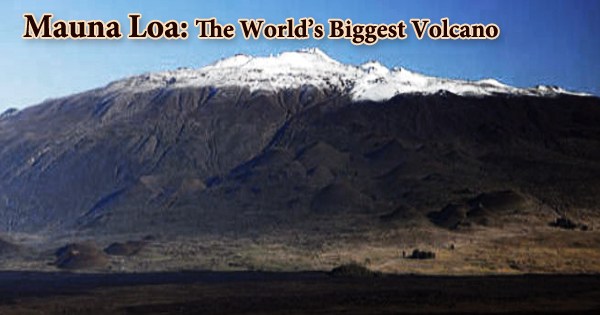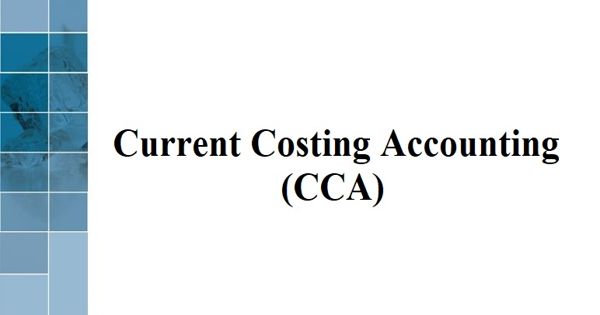Sea level rise and climate change are exposing coastal woods to more and more damage. However, the implications for soil stability are not well understood by scientists. This experiment looked at how soil may change if it were moved across salinity-differing sections of a tidal creek.
Researchers discovered that soils having a history of salt and seawater inundation were more resilient to changes in the characteristics and movement of water. The soils may have “learned” how to adjust to environmental changes from this, according to this theory.
The researchers contend that there are regional variations in soils’ capacity to cycle carbon. This variance is probably caused by the soils’ chemistry, composition, and other traits, as well as by their history of exposure to disturbance.
The areas nearest to the ocean, such as barrier islands, intertidal wetlands, and subtidal ecosystems, have traditionally been the focus of coastal change studies. These studies have had conflicting results.
As a result, nothing is known about how sensitive coastal forest soil carbon is to potential changes in climate. The findings of this study imply that disturbance legacies influence how coastal forest soils react to shifting salinity and flooding from storms and rising sea levels.
This kind of manipulative transplant experiment offers a key inferential connection between merely observational studies, data synthesis initiatives, and large-scale ecosystem modifications in the context of continuing climate change.
Researchers looked at how soil respiration and chemistry might alter under novel salinity and inundation disturbance regimes using a natural salinity gradient in a tidal creek in eastern Maryland. The team included Pacific Northwest National Laboratory, the lab’s Joint Global Change Research Institute, and the Smithsonian Environmental Research Center.
Researchers moved soil monoliths across plots with different levels of exposure to seawater and height above the creek, then they observed the soils for two years. The salinity and inundation legacies connected to each research location had an impact on how the soil respired and the movement of carbon dioxide from the soil to the atmosphere. In lowland soils that have previously been exposed to seawater, respiration remained unchanged (high resistance).
Conversely, respiration decreased (i.e., low resistance) in upland soils that had little past exposure to seawater or inundation decreased (i.e., low resistance) and remained suppressed (i.e., low resilience) when those soils were exposed to wetter, saline conditions.
Additionally, transplantation led to higher chemical alterations in upland soils than in lowland soils. All of these findings imply that coastal forest soil responses to shifting salinity and inundation disturbance regimes are shaped by disturbance legacies.
Future research spanning a range of systems and spatial and temporal scales is necessary to fully understand the dependence of system responses on disturbance legacies.
This research was initiated through the PREMIS Initiative, a Laboratory Directed Research and Development program at Pacific Northwest National Laboratory, and completed through the COMPASS-FME Project.
COMPASS-FME is a multi-institutional project supported by the Department of Energy Office of Science, Biological and Environmental Research as part of the Environmental System Science program. This research was also supported by the Smithsonian Environmental Research Center.
















